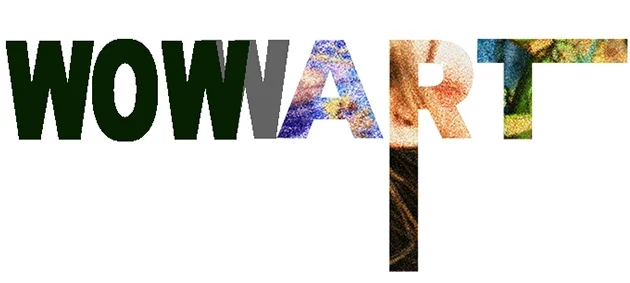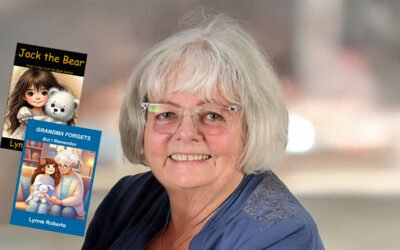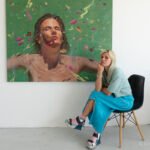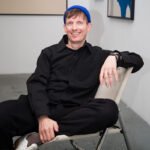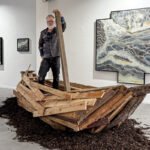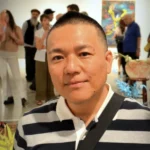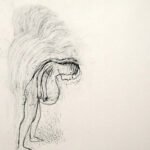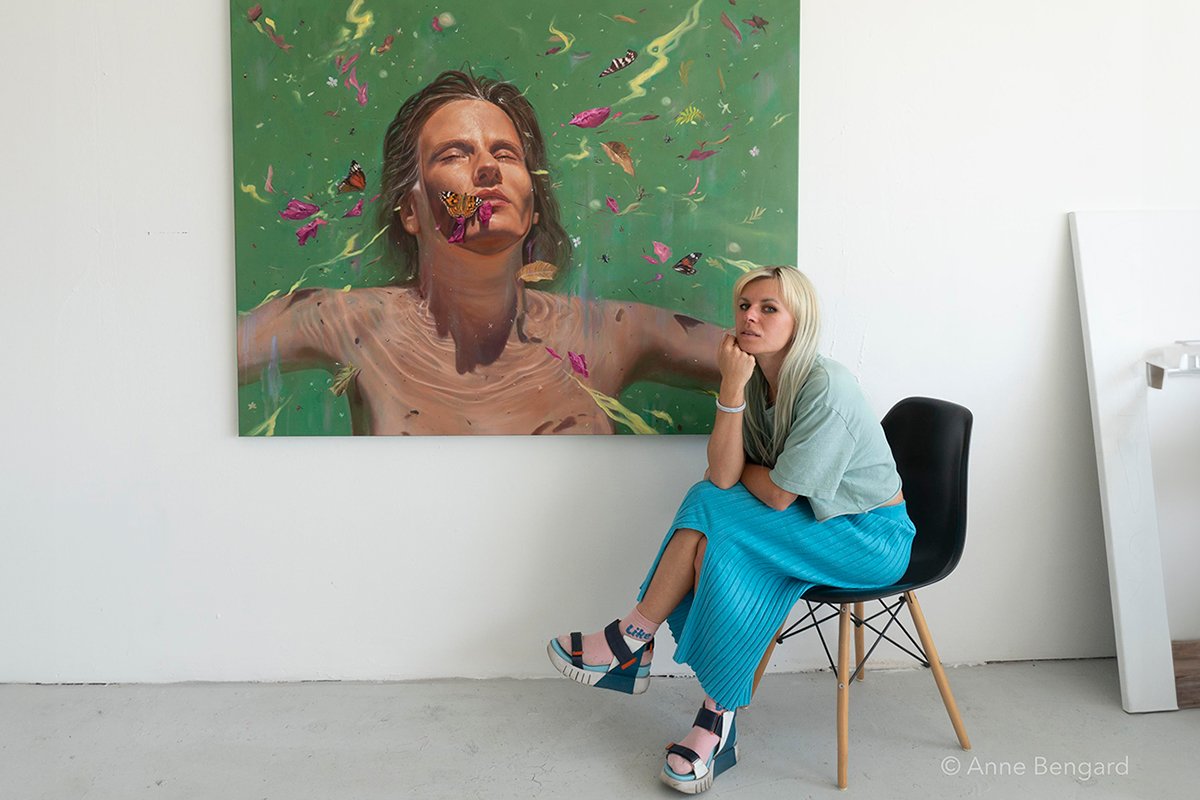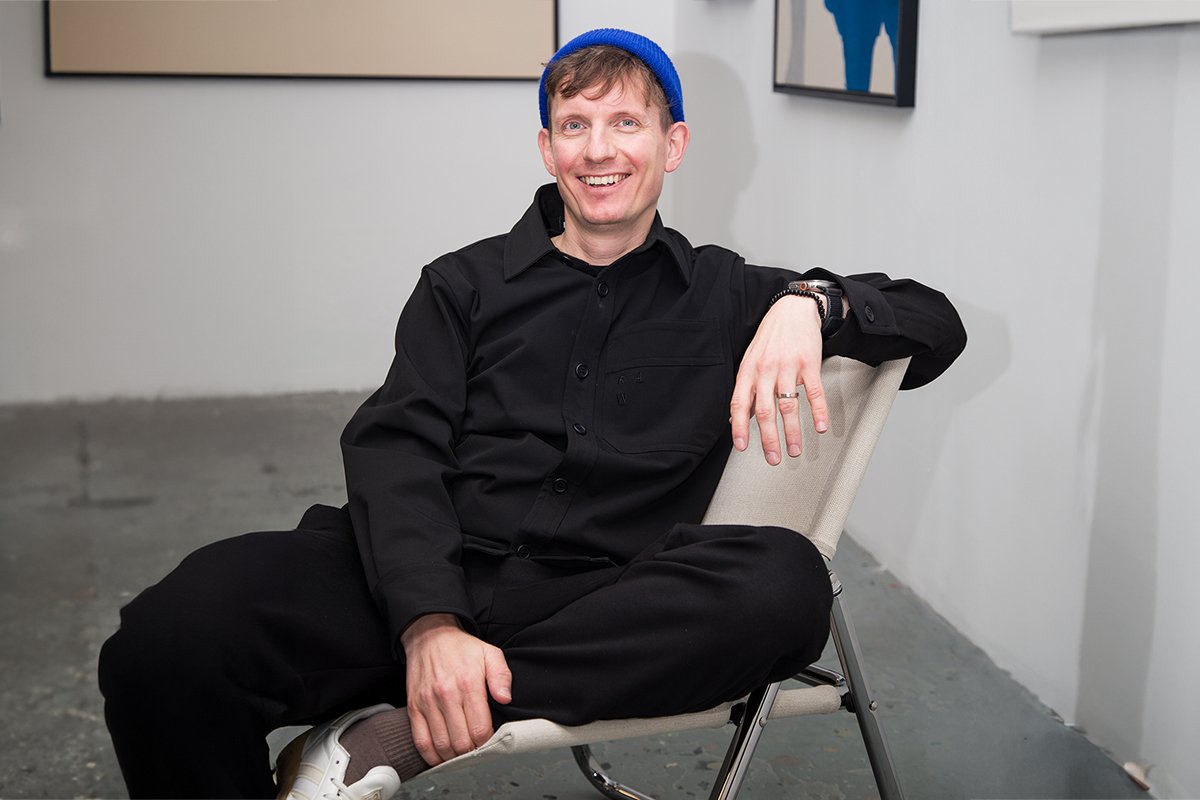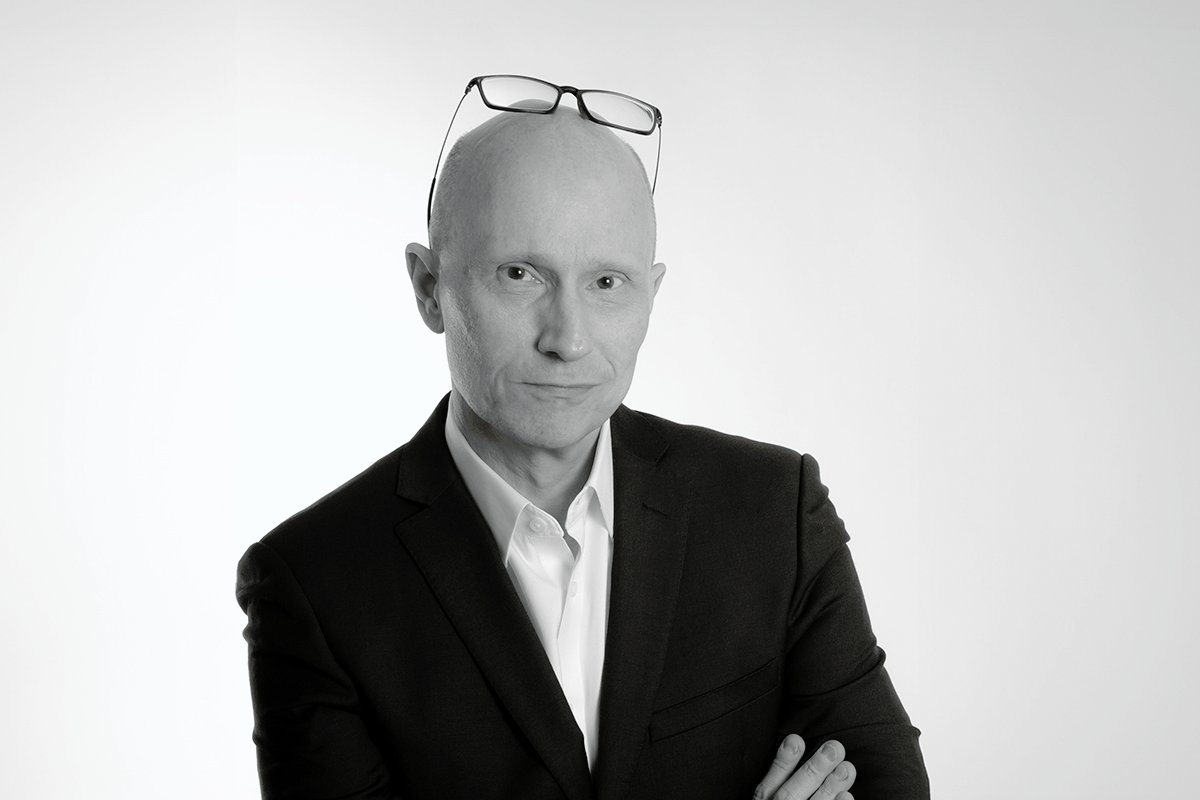T J O K E E F E Redefines Design Through Minimalism and the Power of the Void

PHOTO: T J O K E E F E: Redefining the intersection of minimalism, space, and nature in contemporary design.
Minimalism Meets Nature
T J O K E E F E discusses his philosophy on minimalism, the significance of voids in design, and how simplicity and nature inspire his innovative furniture and lighting creations.
There are creators who don’t simply design objects but craft entirely new ways of experiencing the world around us. T J O K E E F E is one such visionary—a masterful artist whose work dissolves boundaries between architecture, industrial design, and graphic design to create objects that are as thought-provoking as they are captivating. Renowned for his compelling minimalism, O’Keefe challenges the ordinary and gives shape to the extraordinary, embracing the “void” as an integral design element. Through his creations, he reveals that simplicity is not just a stylistic choice but a powerful tool for introspection and meaning.
What sets O’Keefe apart is his ability to harness the profound beauty of restraint. His designs invite viewers to pause, reflect, and engage with the negative, the “space between”—a concept inspired by the Japanese philosophy of ‘Ma’. In an era dominated by visual clutter and overstimulation, T J O K E E F E’s work offers a moment of reprieve, a visual deep breath. His creations balance clarity and complexity, embodying a logic and elegance reminiscent of nature while celebrating the handcrafted essence of human ingenuity.
In this conversation, O’Keefe delves into his design philosophies, revealing a practice rooted in balance, cohesion, and purpose. From his exploration of light and space in the sculptural F/G chair to the way his work amplifies the natural world, his thoughts carry an authenticity and depth that mirrors the designs themselves. We are honored to present this interview, where T J O K E E F E not only shares the inspirations behind his striking creations but challenges us to rethink the role of design in fostering meaningful connections with the world around us. It’s not every day we encounter an artist who creates more than objects—O’Keefe creates experiences. Prepare to be inspired.
O’Keefe’s work transcends traditional design, revealing profound beauty through simplicity and innovation, while challenging perceptions and inspiring introspection.
Can you elaborate on your design philosophy and how the concept of “void” influences your work?
It wasn’t a conscious decision in the beginning, to make space. I always gravitated towards objects with minimal form–they were pleasing and calming, and powerful–but especially objects that defined space: architecture, and furniture like Mies and Bertoia, sculptures of Fred Sandback. It wasn’t until later on that I realized what I was doing. I came across this Japanese concept called ‘Ma’, which translates to something like ‘the space between’, and exists in all mediums: sound, words, physical space. It’s the space life needs to grow. And I wanted my work to create this space. Space for reflection. A visual reprieve.
“Rather than using material to craft something, I use it to craft nothing.” – T J O K E E F E
How do you balance the principles of architecture, industrial design, and graphic design in your projects?
To me, it’s all the same. I learned a lot of different principles working at different scales and with different mediums. But ultimately every creative expression is about experience. And the experience is defined by simple things like material, color, scale, proportion, context. Specifically, architecture opened my eyes to the concept of ‘DNA’ in design. Micro to macro. A definition of cohesion. That everything in a thing should look like it’s made of the same stuff. Industrial design taught me to focus on the experience. The thing that sits in front of you: how it’s made, the experience it facilitates, and how it makes you feel; an understanding of material and the senses. Graphic design trained my critical eye. It helped me identify proper proportion and composition; to see the details. It taught me to turn my head sideways sometimes to see the right proportion. Ultimately, 3D objects are infinite angles of a 2D image, so if you get all the 2D images right, you’ll end up with a beautiful thing.
In what ways do you believe that “nothing” can be as impactful as “something” in design?
I think there are too many ‘somethings’ in the world. And by this I mean there’s too much stuff. And by stuff I mean noise. Unconsidered, unintentional creations. Distraction comes in all mediums and pervades every aspect of life. It keeps us from pursuing the things we truly care about, and ultimately making genuine, authentic expressions. When I said I want to make a visual reprieve, it’s so that people can think for a second; a visual deep breath. So I think this ‘nothing’ is more important than the ‘something’ because it has the potential to provide space for us to reflect, and prioritize our lives.
Can you discuss a specific project that exemplifies your approach to minimalism and the creation of space?
What space (void) does is it allows the eye to explore. An object is interesting when it holds a viewer’s eye. And this can be done in many ways, with color, texture, composition etc. And I find that space is a very effective tool for this. It allows us to explore, and explore the relationship between elements. It provides a canvas for comparison. People seem to like my light ‘chair’ called F/G, so I’ll talk about this one. F/G stands for Figure/Ground, as in the graphic design-based Gestalt principle; figure being the subject of a composition, and ground being its environment. I had been exploring light, and the power it has to both define space, but also define the experience of an object. Objects are relegated to whatever lighting conditions they are placed in, and this has an incredible effect on how the object is perceived. I wanted to make an object that defined its own space. That was in control of its environment, and that would look basically the same in any space; one that sort of brings its space with it. A chair is an object that sits in space; it is a calming object because it has a familiarity and implies a human presence. By turning a chair into a light, I freed the functional object’s formal constraints, and could manipulate its geometry solely based on composition. We’re left with a lamp with the presence of life that our eyes can explore and our thoughts can wander through.
What role does nature play in your design process, and how do you incorporate its principles into your work?
Nature follows an underlying logic. But it’s constantly breaking its rules and adapting. I try to do the simplest thing in the most powerful way. Potency is important to my work, because I honestly wouldn’t know what to do if I wasn’t working towards simplification. Nature balances these two things, simple rules and unbelievable complexity. There’s nothing that compares to the beauty of nature, its incomprehensible depth and complexity of form, and color, and material. But what I’ve found is that when nature is juxtaposed with a simple man-made creation––minimal, straight lines, simple geometries––that it can in fact enhance nature’s beauty. Think an A-frame cottage in the woods, or a concrete slab observatory on the coast––and interior objects can do this relative to the human body, and indoor plants. This encouraged me to make, because I realized it wasn’t futile for humans to try to make things of beauty. I like making things that nature can’t make, and that make nature even more beautiful.
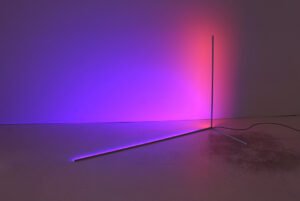
EDITOR’S NOTE
T J O K E E F E’s striking light installation showcases his mastery in minimalist design. The piece features two intersecting metal rods forming a sleek structure that captures the essence of his philosophy—embracing the void and the “space between.” This modern floor lamp emits vibrant hues of purple, pink, and orange, creating an immersive experience as it bathes a dimly lit, neutral environment in a gradient of colors. O’Keefe’s work invites viewers to pause and reflect, using lighting to transform space and evoke contemplation. His design merges simplicity with powerful visual impact, embodying both clarity and complexity, offering a visual reprieve in an overstimulated world.
